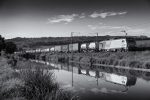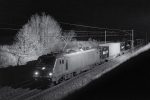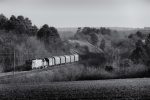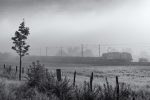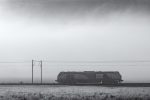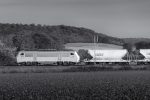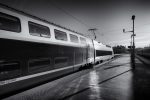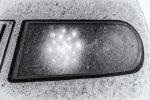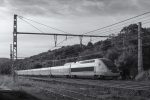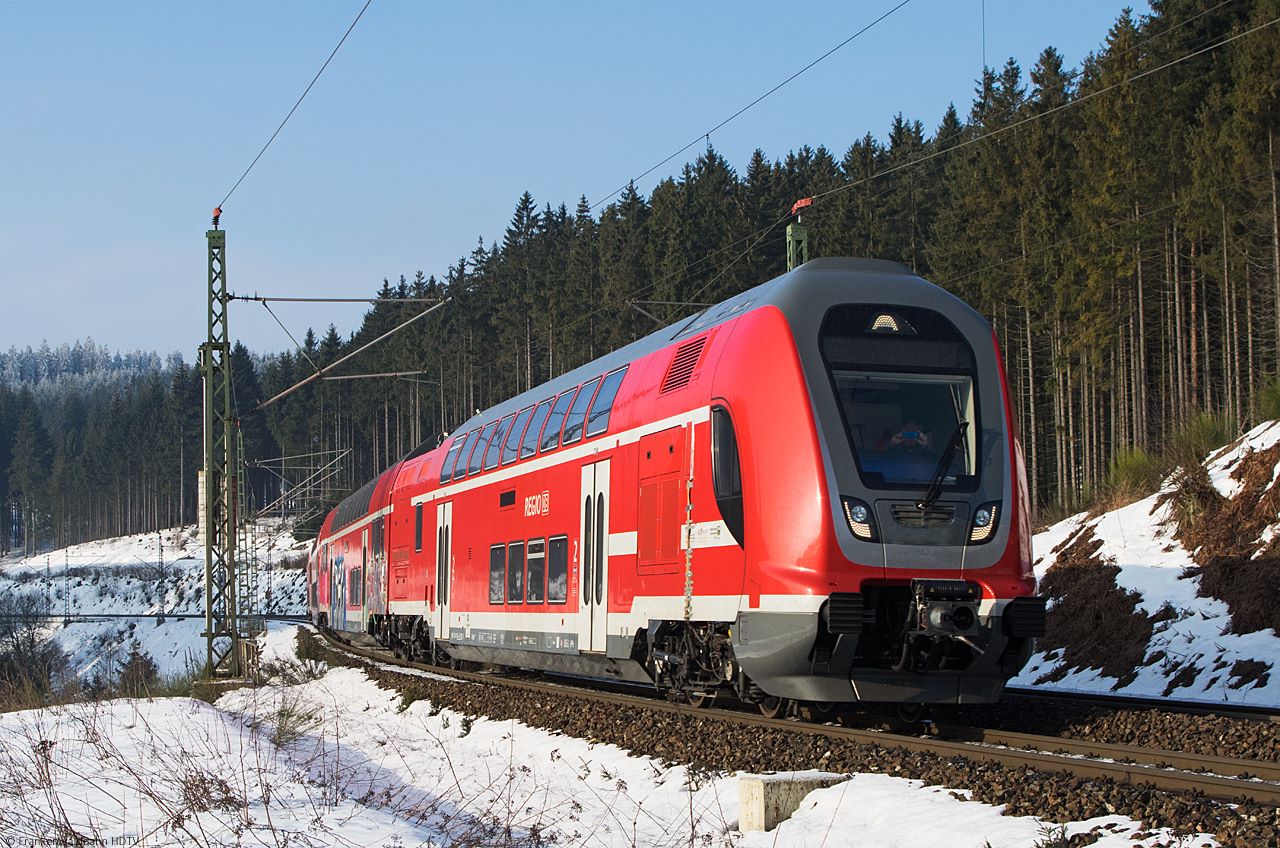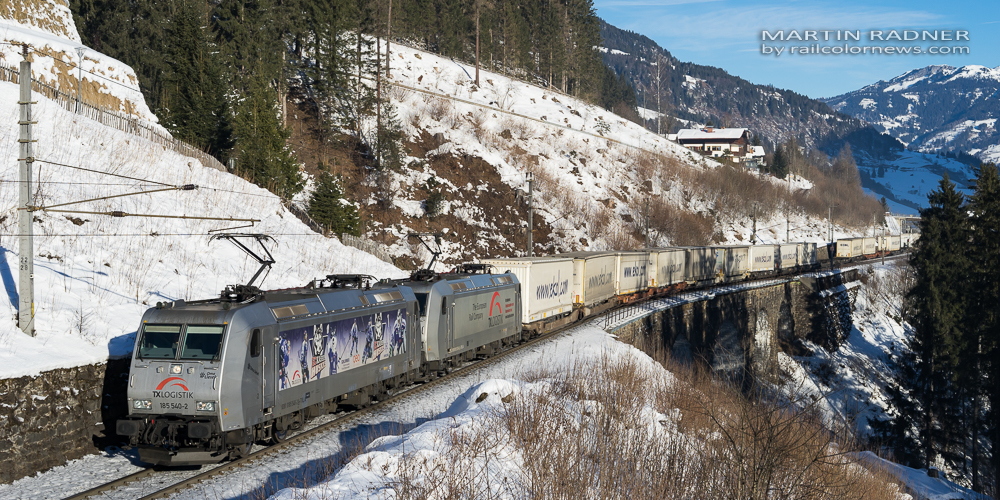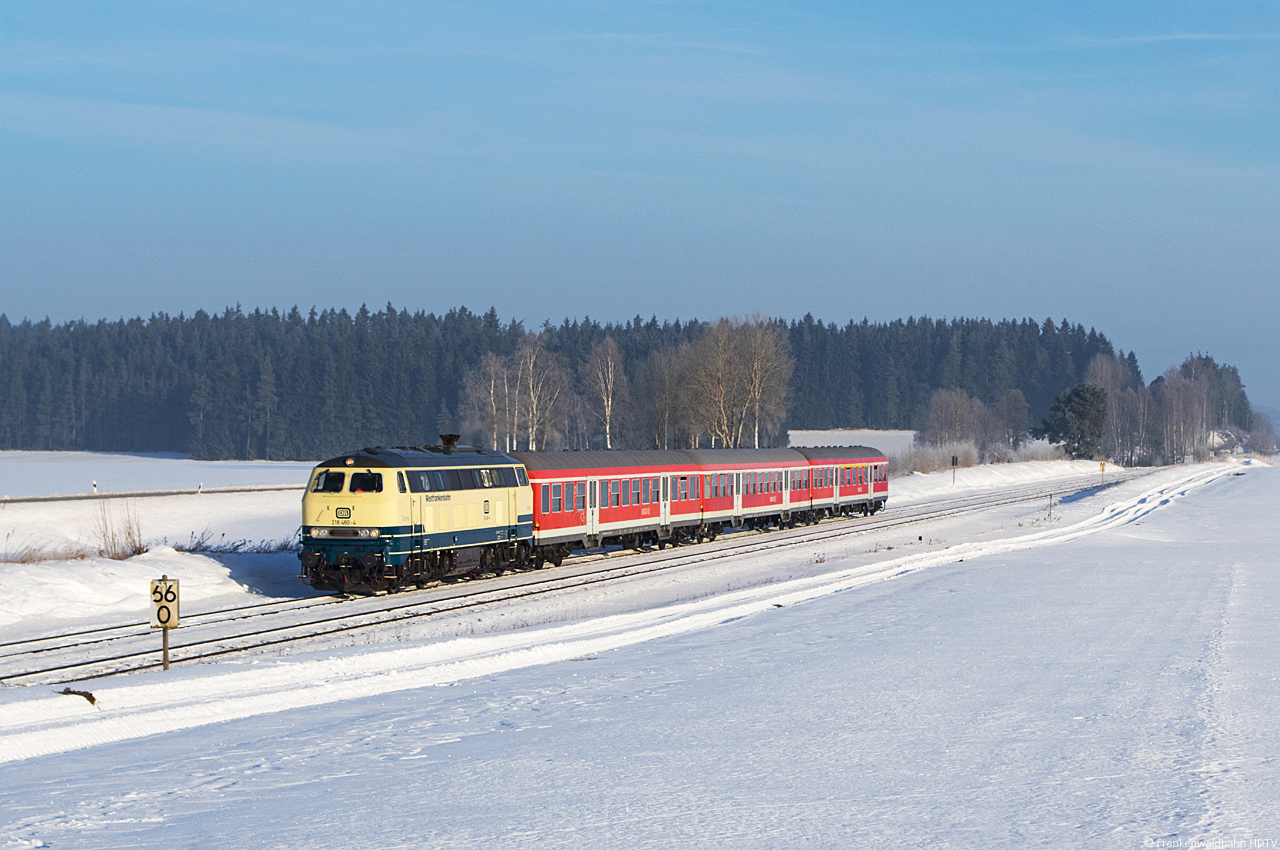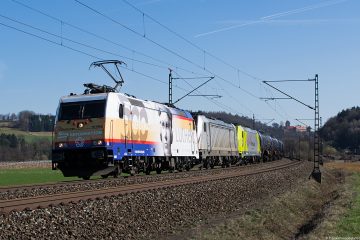2 – Modern power in monochrome.
Railcolor is a website about modern colourful locomotives and rolling stock. So it may be confusing to see that my first chronicle is about … black-and-white photography! I will explain you why:
The state of Black & White in Railroad Photography in 2017
For decades, photographers had no other choice but to take pictures in b&w. Colours came later, on film, in slides and finally recorded by digital sensors. Our modern (and expensive) cameras allow us to capture the world in millions of different color shades. So when one publishes a monochrome work today, this must have been done on purpose, right?

Most of the time, b&w pictures are made for technical reasons, not for creative ones. For example, it is employed to cancel a bad balance of the colours. It can also be used to give a nostalgic tint to a shot (of a steam or a heritage locomotive for instance). For some photographers, b&w pictures can only be done on film. Doing a monochrome work from a digital origin is then a heresy!
Contemporary Railroad Photography in monochrome
So why working in “digital monochrome” in 2017? Let me explain why b&w pictures made from an electronic sensor deserve a place in 21st century Railroad Photography.
First because today’s photographers have an amazing range of tools to create stunning monochrome works. It goes from the high dynamic range cameras with stabilized sensor (allowing you to easily take low light pictures) to powerful softwares which enables you to take all the information from a digital file. One of them is Nik Silver Efex Pro, a real digital darkroom. Silver Efex let you do all the things that were possible in the antique darkroom and its enlarger. More than ever, any photographer can create amazing monochrome creations without having to spend a lot of money.

However the main reason to work in monochrome is what I call “The spirit of monochrome“. Without colours, you get rid of many sources of distraction. So you can focus on the message and can reveal things (details, shapes,…) that were not so visible in a colour scene. In other words, a brand new world comes to life!
When you photograph people in colour, you photograph their clothes. But when you photograph people in Black and White, you photograph their souls.
This is a quote from Canadian photojournalist Ted Grant. I believe that it is also true for a locomotive or any industrial or man-made product. Look at the picture of the Sybic BB26000 model for example. The monochrome processing enhanced the geometric lines of this locomotive. And the shape of the freight car is a reminder of this geometrical essence.
In Black and White, an image can be more powerful
On his blog, Eric Kim (a well-known street photographer) explains that when it is purposely done, a monochrome picture can “make a stronger representation of [the photographer’s] vision”.

The picture above has been done in Marseille-St-Charles station. In colour, it’s just an ordinary view of a TGV-Duplex set ready to starts its journey. Processed in Monochrome, the strong contrast ads a dramatic feel to the scene. The train becomes a golden arrow, pointing towards its destination. One can even see an allusion to the famous “golden arrow” train.
Any picture from this chronicle could be examined in detail to see how b&w makes it stronger than its coloured version. This is an invitation to enter in the “Digital Monochrome” era. But be careful, don’t create a monochrome picture just for the sake of it. Think about it. Is your image powerful enough in black-and-white? How much contrast does it have? How many different tones do you have?
To be ready to work in monochrome, I advise you to read books, blogs and … to experiment! This will open the door for you to a new world of creativity.
Last but not least, I show you more monochrome pictures, for your inspiration. Enjoy!


